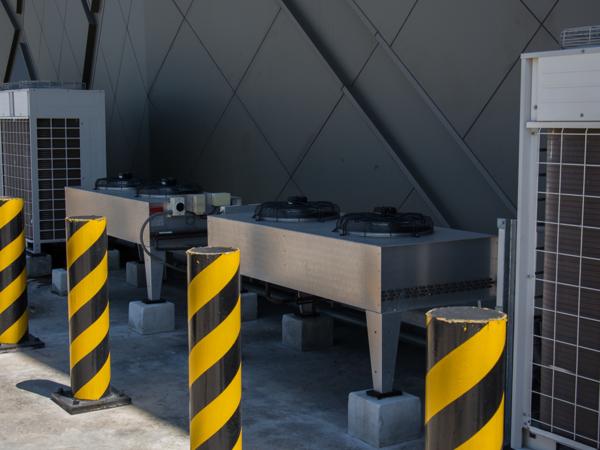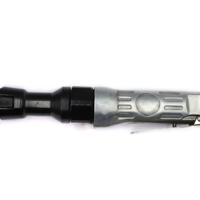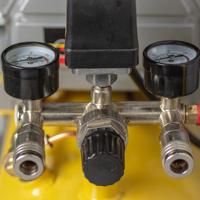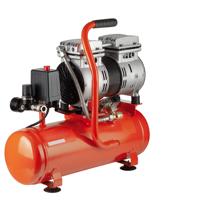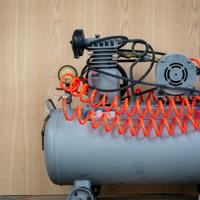When it comes to pneumatic power, stationary air compressors are a pivotal component in any serious workshop or industrial setting. These robust machines serve as the backbone for a variety of tasks, offering a reliable source of compressed air right where you need it.
What are Stationary Air Compressors?
Simply put, stationary air compressors are large, heavy-duty machines designed to remain fixed in one place. Unlike portable models, they are intended for long-term installation and are often bolted down to minimize movement. These compressors provide continuous air supply, making them indispensable in environments where high-volume and high-pressure air is required.
Key Features of Stationary Air Compressors
While the core function remains to deliver compressed air, stationary compressors come with an array of features:
- Capacity: Typically, stationary models offer larger tanks compared to portable alternatives, often exceeding capacities of 60 gallons.
- Horsepower: They generally come with more powerful motors, often ranging from 5 HP to 20 HP or more, providing greater air output.
- Durability: Built for continuous operation, stationary compressors use materials and construction techniques that enhance longevity.
- Configuration: Available in both single-stage and two-stage configurations, catering to different pressure requirements.
Advantages of Stationary Air Compressors
The stationary nature of these compressors presents several benefits:
- Consistency: Ideal for workshops that require a constant and reliable air supply.
- Efficiency: Larger tanks reduce the frequency of cycling on and off, enhancing energy efficiency.
- Versatility: Suitable for powering multiple air tools simultaneously, as well as supporting heavy-duty equipment.
Selecting the Right Stationary Air Compressor
Choosing a stationary air compressor depends on several factors:
- Application Needs: Determine what tools will be powered and their air requirements in terms of PSI and CFM.
- Available Space: Consider the space available in the workshop or facility where the air compressor will be installed.
- Budget: While stationary compressors can be more expensive upfront, their efficiency and durability often make them a cost-effective investment over time.
Examples of Stationary Air Compressors
When diving into the market, several brands offer reputable stationary air compressors:
- Ingersoll Rand: Known for durability, the Ingersoll Rand 2340L5 is a two-stage compressor well-suited for auto repair shops and manufacturing.
- Quincy Compressor: The Quincy QT-54 model boasts reliability and a powerful performance suited for demanding applications.
- Campbell Hausfeld: Offers models like the XC802100, ideal for those who need a balance between residential and professional use.
For those interested in more detailed specifications and reviews, our air compressor buying guide provides further insights into choosing the right model.
Installation and Maintenance Considerations
Installing a stationary air compressor requires thoughtful planning. Proper ventilation, sturdy foundation, and accessibility for maintenance are crucial. Regular checks and servicing can expand the lifespan of the compressor, ensuring its optimal performance.
By understanding the indispensable role stationary air compressors play, users can harness the full potential of pneumatic power in their workshops and industrial setups. Whether for crafting, manufacturing, or auto repair, these machines are built to keep things running smoothly.
